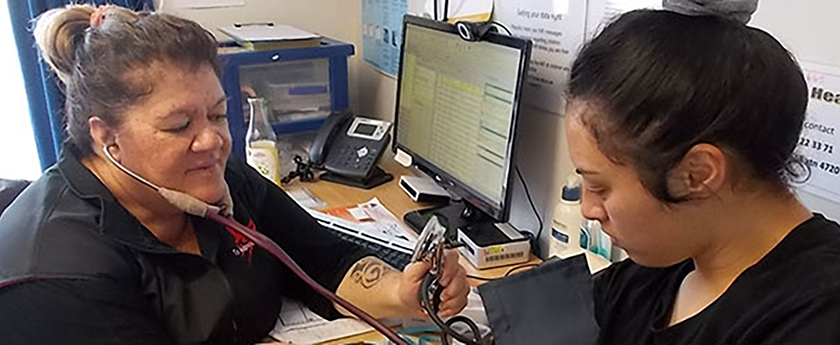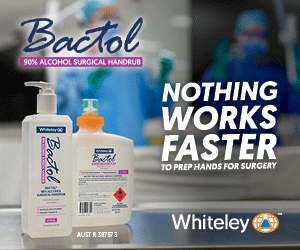It should have been a cause for celebration – $10 million to lift the pay of nursing staff who are delivering health care to “seriously unwell” Māori and Pacific people.
Instead, in many cases, delivery of pay disparity funding has not flowed through to those it is intended for – nursing staff, and NZNO members.
One problem is the Government’s decision to exclude general practice nurses employed by Māori, iwi and Pacific providers from the first tranche of funding.
It’s hard to know exactly how many nurses and kaiāwhina are in this category – but eight out of 10 Māori, iwi and Pacific providers whose staff are covered by collective agreements with NZNO operate two or more medical centres.
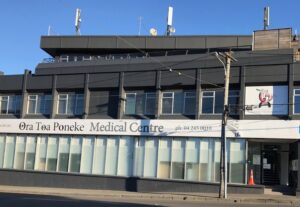
And then there’s the issue of working out where each staff member sits on the Te Whatu Ora nursing scales. Some Māori, iwi and Pacific providers don’t have pay scales, while others do – but they don’t match Te Whatu Ora’s.
The $200 million pay disparities funding initiative – split into two tranches – is to lift pay rates for nursing staff, including kaiāwhina, in the primary care sector to at least 95 per cent of the Te Whatu Ora rates, following a pay equity adjustment in March.
‘Clinics can’t function without nurses. We need to give the nurses who are hanging in there some hope.’
The first tranche of funding was delivered from April 1 for aged care, hospices and Māori, iwi, and Pacific providers, with the second tranche heading out from July 1, for GPs, and community nursing providers.
Te Whatu Ora said $10 million was offered to 114 Māori and iwi providers, and 19 Pacific providers from March 31, as part of the first tranche.
NZNO has about 300 members who are under collective agreements, while other members in the sector have individual employment agreements.
At the time of publication, seven providers with collectives had not passed on the funding to staff – but some delegates said they were expecting the issue to be addressed in collective bargaining in the next few weeks.
Kaitiaki confirmed that two providers with collective agreements have passed on the funding and increased pay to either 95 per cent, or in one case, to 100 per cent of Te Whatu Ora’s rates. Neither of those providers offer a general practice service.
Inflation, cost of living bite into pay gains
One provider, Arowhenua Whānau Services in South Canterbury, increased pay for all of its nursing staff to match Te Whatu Ora rates last week.
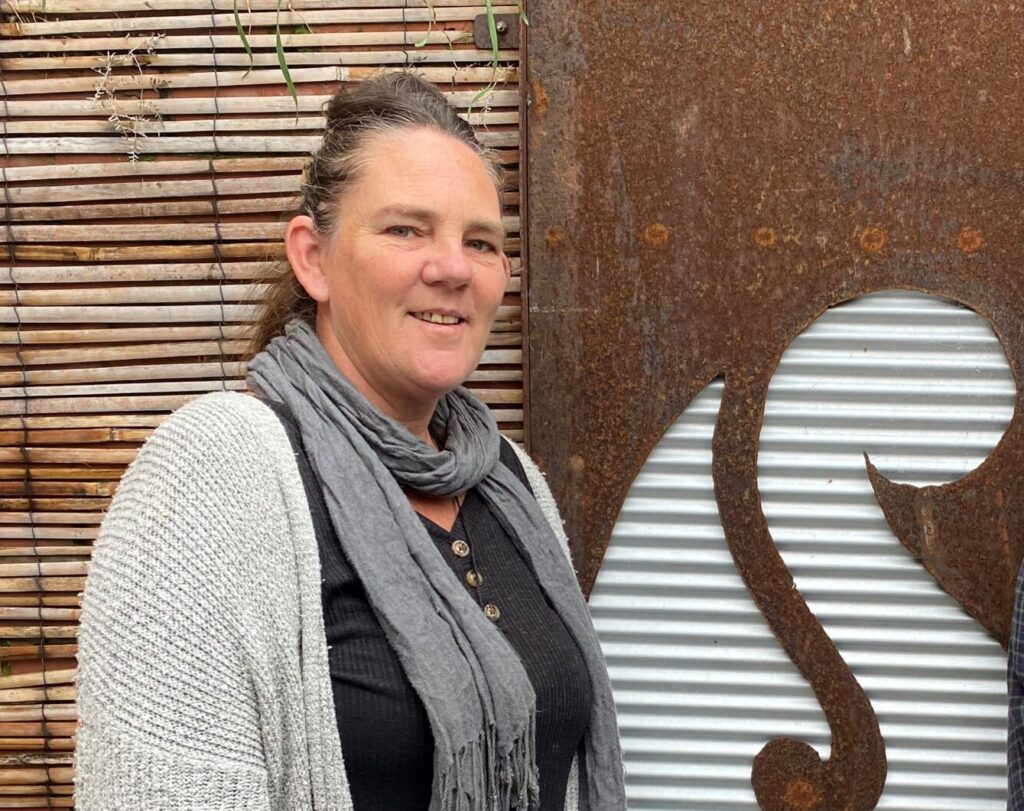
For Jo Fortune, who is employed by the health provider on step 7 of the registered nurse (RN) scale, this will mean a jump in pay from $84,793 to $95,340.
She’s grateful for the increase, and for her work being recognised as equally important to that of nurses employed by Te Whatu Ora.
But Fortune – who is still paying off a $60,000 student loan for her nursing study – says the pay lift won’t make a huge difference to her financial situation, as living costs continue an upward trajectory.
On Monday, Fortune received an annual bill for insurance on land and vehicles, including a gypsy wagon and bus she and her whānau live in – it had gone up by $500.
She is currently supporting her 21-year-old son in the Bay of Plenty, paying for rent and food while he waits to start a university course.
When asked how she feels about the pay lift, Fortune pauses to consider how to respond.
“It definitely is going to be helpful, but you look at how much everything else has risen . . . and it’s getting eaten up as quickly as we get it.”
The 47-year-old mother of four, who works full-time as a tamariki ora and community nurse, said it was “really good” to be paid the same as Te Whatu Ora nurses. ” . . . because we have a lot more autonomy, we don’t have the back up of doctors, you know, we’re decent nurses, we’re not worse nurses, we’re not sub-standard, so I think it is really important.”
One step forward, one step back
RN and delegate Laura Pepere is fiercely loyal to the kaupapa of her employer, an iwi-owned health entity delivering social and health services to Māori in the Whanganui region.
She and her team have not received a pay increase from the funding yet, but she’s hoping this will be sorted in collective bargaining in the next few weeks.
“When I look at my team and the mahi they do on the day to day, I definitely think it will be welcome.”
During negotiations last year, pay rates were increased by 7 per cent, closing the then pay disparity gap with Te Whatu Ora nurses to just 0.2 per cent.
Pay disparity funding – Māori, iwi, and Pacific health providers with NZNO Collective agreements
| Pay increase to 95% or above (of Te Whatu Ora nursing staff rates) | Pay increase, but not to 95% (of Te Whatu Ora nursing staff rates) | No pay increase yet | |
|---|---|---|---|
| Ngāti Porou Oranga* | ✓ | ||
| Arowhenua Wānau Services | ✓ | ||
| Raukara Whānau Ora | ✓ | ||
| Ora Toa* | ✓ | ||
| Te Oranganui Trust* | ✓ | ||
| Whakawhiti Ora Pai* | ✓ | ||
| Ngāti Hine Health Trust* | ✓ | ||
| Raukura Hauora o Tainui* | ✓ | ||
| Te Manu Toroa* | ✓ | ||
| The Fono Trust* | ✓ |
Status as of June 26, 2023
Source: NZNO delegates
*Includes general practice services
But an equity adjustment for Te Whatu Ora nurses in March again opened up the pay gap for Pepere and her fellow members, to 15 per cent, on average.
The low-cost general practice, where Pepere works, serves a majority Māori and Pacific population.
She says most patients are “really unwell” with “high needs, co-morbidity plus plus, and long-term conditions”, and are geographically spread out, living in urban and rural areas.
The service is struggling to keep up with the demand for new enrolments – “we get phone calls every day” – and has to regularly turn some people away, Pepere said.
Exclusion of general practice staff
A decision to exclude general practice staff from the tranche 1 funding has effectively split the pay parity funds in half for Māori, iwi and Pacific health providers with medical centres.
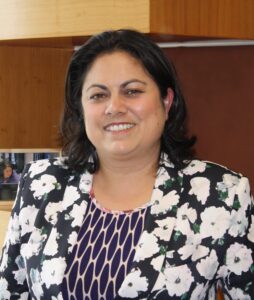
After being initially excluded, privately-owned general practices will now receive disparity funding from the second tranche, because a pay gap had “emerged” since November last year, Minister of Health Ayesha Verrall said in late May.
Pepere said the decision to lump her team in with GPs reflected a poor understanding of what Māori, iwi and Pacific providers do and the important role they play in reducing health inequities for their communities.
She said for too long Māori and iwi providers have had to compete for equitable funding, when it should be a given.
“You throw around the term equity, but do you understand it? And is it actually a living, breathing expectation, that you are going to embed into your practice? Because I can put money on it that it isn’t for a lot of [general] practices.”
Not ‘a lot of logic behind it’
Chief executive of kaupapa Māori provider He Waka Tapu in Ōtautahi Christchurch, Jackie Burrows said the decision to exclude RNs in medical centres from the first tranche didn’t align with a stated commitment to reduce health inequities.
“The heart of it is they are wanting to do right and correct the years of underfunding, which we’ve sat with for God-knows how long. But there didn’t seem to be a lot of logic behind it.”
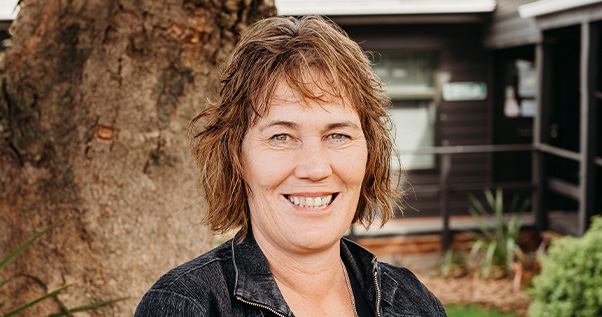
The city’s largest kaupapa Māori health provider opened a low-cost general practice two years ago and has just over 2000 patients enrolled.
About 80 percent of patients are from the most deprived part of the population, with high health needs, Burrows said.
“I understand, when it’s a business, it would cost $50-$60 for a GP appointment, on top of whatever is received from the Government. Whereas, our fees are $19. So, for us, not to have any increase in that space is really difficult, because we can’t provide the true wrap-around [service]. . . “
Alignment with pay rates not straightforward
Another complication for Māori, iwi and Pacific providers was the transfer of staff pay to the “relevant” Te Whatu Ora rate, as per the funding instructions.
“First, you must use the funding to increase the base pay rates of eligible workers to 95 per cent of the relevant Te Whatu Ora rates (to the extent that can be achieved within the funding paid to you)”.
If there is any left-over funding, it still has to go towards lifting staff pay “to further increase base pay, or applied to penal rates, shift allowances or overtime rates”, letters to providers about the funding said.
‘ . . . you know, we’re decent nurses, we’re not worse nurses, we’re not sub-standard, so I think it is really important.’
Ora Toa, owned by iwi Ngāti Toa Rangatira, in the Wellington region, has a 10-step pay scale for RNs, instead of the seven at Te Whatu Ora.
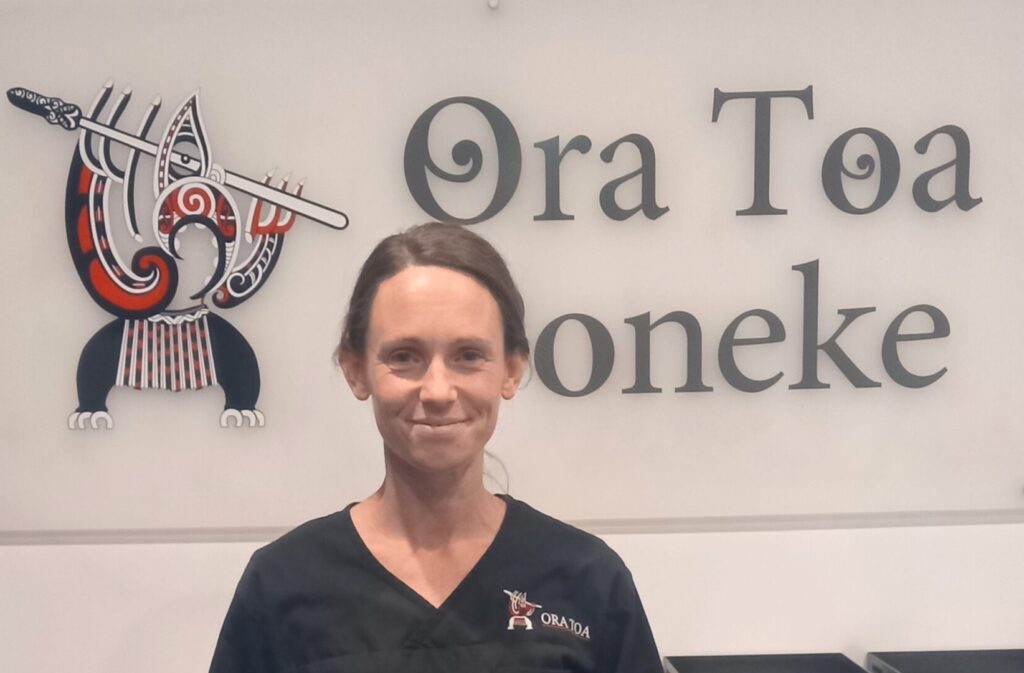
The provider received disparity funding from the first tranche and gave all nursing staff a six per cent increase, but this still left some pay rates at less than the 95 per cent requirement (of Te Whatu Ora rates).
About half of the 44 NZNO members employed by Ora Toa work in one of four medical centres.
How was the funding pie dished up?
Te Whatu Ora group manager for community health system improvement Mark Powell said average pay rates were used “to determine each sector’s pay gap with 95 per cent of Te Whatu Ora base rates”.
“The setting of employee pay rates is the responsibility of the employer, subject to good faith bargaining with the relevant employee(s) and relevant unions(s).”
Ora Toa delegate and Pōneke Medical Centre senior nurse Anna Ward said the funding process had been very frustrating.
“The drawn out way this has happened, and the lack of communications to our employer [Ora Toa], has caused us to become incredibly disheartened – and in the mean time we’re losing more nurses and our medical centre services are in crisis.”
Ward hoped separate Government disparity funding for general practices would be applied swiftly from July 1.
‘The heart of it is they are wanting to do right and correct the years of underfunding, which we’ve sat with for God-knows how long. But there didn’t seem to be a lot of logic behind it.’
“Clinics can’t function without nurses. We need to give the nurses who are hanging in there some hope.”
Kaitiaki understands that two of four Ora Toa medical centres are not fully staffed, with nurses from other clinics often asked to fill gaps, leaving them exhausted, and concerned about the future.
Jennie Smeaton, the chief operating officer of Te Rūnanga o Toa Rangatira, which operates the Ora Toa health services, said it had been difficult to retain nursing staff “post-COVID-19”.
“It is a highly competitive space for our nurses and we’re grateful to our team of dedicated nurses who remain with Ora Toa.”
Historic inequity of funding continues
Funding of Māori, iwi and Pacific health providers has been historically inequitable, and the disparity initiative appeared to be a continuation of this, NZNO kaiwhakahaere Kerri Nuku said.
“A GP service is, as I see it, quite different from a medical centre, run [by] a Māori, iwi or Pacific provider, but they are being defined as the same.”
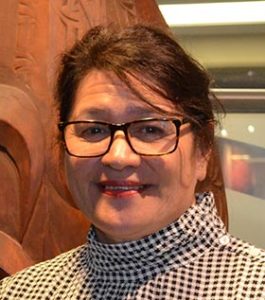
A Waitangi Tribunal inquiry into primary health care provision (stage one of WAI 2575), in which NZNO was a claimant, found the current funding mechanism for primary health care to be highly inequitable and prejudiced against Māori.
Independent research by Sapere, commissioned by a group of claimants, found Māori providers had been underfunded by up to $530 million since 2003, based on the true cost for expected service delivery against the 2001 Primary Health Care Strategy.
The Tribunal recommended a methodology for calculating the underfunding be undertaken by the Crown and claimants, compensation paid, and for a new funding structure to be agreed for future use.
Nuku said Māori, iwi and Pacific health providers needed to be prioritised for funding support if the Government wanted to truly address health inequities.
“We need to remember that Māori and Pasifika people are already years behind when it comes to interacting with the health system, especially those who live remotely or who are the most disenfranchised from a traditionally colonial health system.
“That means they are sicker with more acute health needs requiring more health resources in their treatment.”


